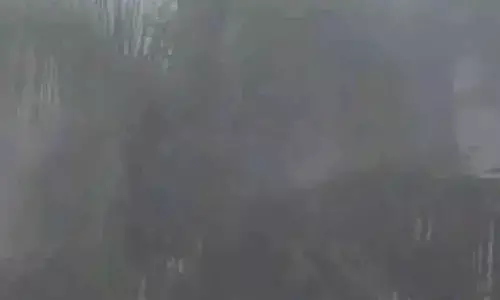From identifying trends to reading trendlines

It is easier to see the trend on a chart after it has occurred. But trying to identify the trend as it is developing is much more difficult.
It is easier to see the trend on a chart after it has occurred. But trying to identify the trend as it is developing is much more difficult.
The purpose of technical analysis is to provide tools that help to identify the future direction of the price. One should never over complicate analysis with useless data, indicators that don't add value to the charts.
When identifying the trend time interval is a key element. In higher time frames the daily, weekly, and monthly chart give a proper view of the developing trend.
Higher time frame charts remove a large part of the noise that interferes in seeing the bigger picture. Most successful investors evaluate the weekly and the monthly chart.
They apply the lines and the values developed on those charts to daily chart.
Weekly chart gives an idea about the direction of the price movement and a daily chart or a four chart gives the entry and exit points.
Trendline is underestimated by traders as it is perceived as subjective. A trendline identifies the specific point at which the direction will change. A trendline is the most popular tool in chart analysis.
To draw a trend line, you need to connect the lows of the price in uptrend and in a downtrend, you can take the highs of the price. Trend line connects two or more points that define the trend.
When we draw trend lines in higher time frames, we identify the areas of support and resistance. An uptrend line has a positive slope and acts as a support and as long as the market price remains above it is considered intact.
Downtrend line has a negative slope and acts as resistance and as long as the market price remains below it, the downtrend is considered valid.
An upward trend line drawn across the lows is a bullish support line because it defines the lowest price allowed in order to maintain upward trend.
The downward trend line drawn across the highs is a bearish resistance line because it defines the highest price allowed in order to maintain the downward trend.
To understand the relevance of the trend we need to know the length and the number of readers and whether it is an ascending or descending slope.
A trendline becomes more important when it is retested many times because it then acts as a dynamic area of support and resistance. So, remember trend is your friend is valid only when it is identified rightly.
(The author is a homemaker who dabbles in stock market investments in free time)




















